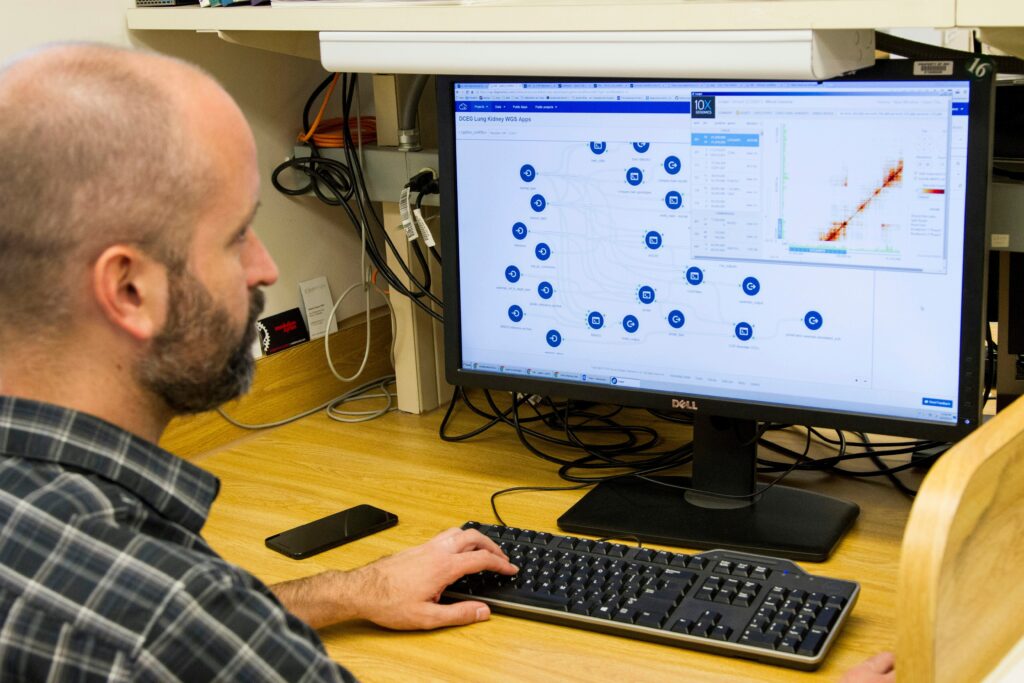
As the world intensifies efforts to achieve carbon neutrality and mitigate climate change, hydrogen has emerged as a promising alternative fuel and energy carrier. Producing only water when consumed, hydrogen holds the potential to decarbonize industrial processes, power generation, and transportation. However, realizing this vision necessitates the development of extensive infrastructure—from high-pressure storage tanks to dedicated pipelines—capable of withstanding the constant material stress inherent to hydrogen.
One of the most significant challenges in this endeavor is hydrogen embrittlement. This complex phenomenon affects metals, including the high-strength steels used to transport hydrogen, by severely deteriorating their mechanical properties, potentially leading to sudden failure. Over the past few decades, scientists have identified key factors contributing to hydrogen embrittlement, noting that hydrogen interacts with the metal’s structure, promoting the movement of existing defects known as dislocations. This interaction results in missing atoms, or ‘vacancies’, in the material’s crystalline structure. While the general mechanisms behind hydrogen embrittlement have been extensively studied in the bulk of materials, less is known about how this phenomenon occurs at the material’s surface. Specifically, it remains unclear how common metal manufacturing processes such as polishing or grinding influence the atomic-level factors that ultimately lead to material failure.
New Insights from Chiba University
In a recent study, a research team led by Assistant Professor Luca Chiari from the Graduate School of Engineering at Chiba University, Japan, has provided the first experimental evidence needed to bridge this knowledge gap. Their findings, published online on September 2, 2025, and appearing in Volume 171 of the International Journal of Hydrogen Energy on September 24, 2025, clarify how varying surface conditions affect the atomic structure of hydrogen-charged pure iron. The study was co-authored by Kansei Yamamoto, also from Chiba University, and Dr. Koji Michishio from the National Institute of Advanced Industrial Science and Technology (AIST), Japan.
The researchers systematically investigated how surface roughness influences the formation and size of various hydrogen-related defects. They prepared high-purity iron sheets with four different levels of surface roughness using standard mechanical polishing techniques. These samples were then subjected to mechanical tension while simultaneously being charged with hydrogen through exposure to an electrolytic solution and an electrical current, leading to the formation of hydrogen-induced defects.
Innovative Measurement Techniques
A key innovation of the study was the measurement technique used to analyze surface defects: positron annihilation lifetime spectroscopy (PALS). This highly sensitive, non-destructive method uses the antimatter particles of electrons, known as positrons, as atomic-scale probes to precisely locate and measure the size of defects, such as dislocations and vacancy clusters, within the material. By employing a slow positron beam, the team was able to probe defects specifically in the shallow near-surface layers of the iron samples, isolating them from those in the bulk of the material.
“The results provide a fundamental understanding of the hydrogen embrittlement mechanisms and could help reduce the overall life-cycle cost of materials used in hydrogen technologies,” remarked Dr. Chiari.
The experiments revealed that the size of the hydrogen-induced vacancy clusters increased with surface roughness. Simply put, clusters in the roughest samples were estimated to contain more missing atoms than those in the smoother samples. Interestingly, this was a localized effect, with the size of the vacancy clusters in the bulk of the material remaining constant regardless of surface treatment. The researchers concluded that dense networks of dislocations caused by mechanical processing near the surface can create super-concentrated traps for hydrogen, leading to the accumulation of atomic vacancies into larger clusters, precisely where crack initiation often occurs.
Implications for Material Design
These findings offer the first experimental proof that a macroscopic feature such as surface coarseness can directly dictate the size of atomic defects that ultimately lead to cracks in a hydrogen environment. The study could lead to a novel approach to material design and manufacturing based on precision surface engineering to combat hydrogen embrittlement. By accurately controlling surface roughness, engineers may be able to prevent the formation of large vacancy clusters, resulting in naturally hydrogen-resistant metals.
Furthermore, the successful application of PALS holds broader implications for materials science and engineering. Dr. Chiari noted, “Our work could position this technique as a new standard for material certification and in-service inspection, offering a new paradigm to ensure the integrity of the hydrogen infrastructure.”
Looking Forward
Overall, this research represents a significant step towards establishing fundamental guidelines for designing safe and reliable materials, which are urgently needed for the transition to a hydrogen economy. As the world moves towards adopting hydrogen as a key energy source, the insights gained from this study could play a crucial role in ensuring the longevity and safety of hydrogen infrastructure.
For more news from Chiba University, click here.
About Assistant Professor Luca Chiari
Dr. Luca Chiari is an Assistant Professor at the Graduate School of Engineering, Chiba University, Japan. He specializes in materials science, particularly in defect analysis, positron annihilation spectroscopy, positron and positronium physics and chemistry, and hydrogen embrittlement. He has published over 70 research articles on these topics and is a member of the Japanese Positron Science Society and the Iron and Steel Institute of Japan.





